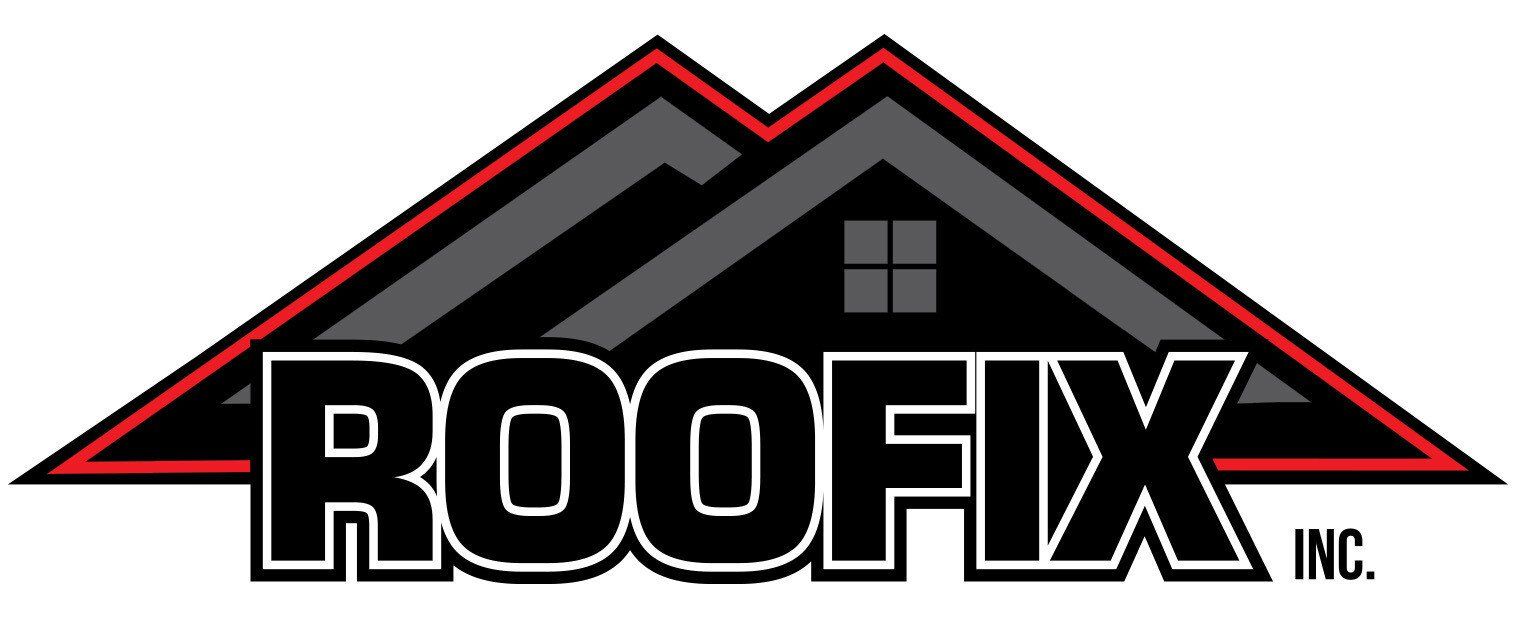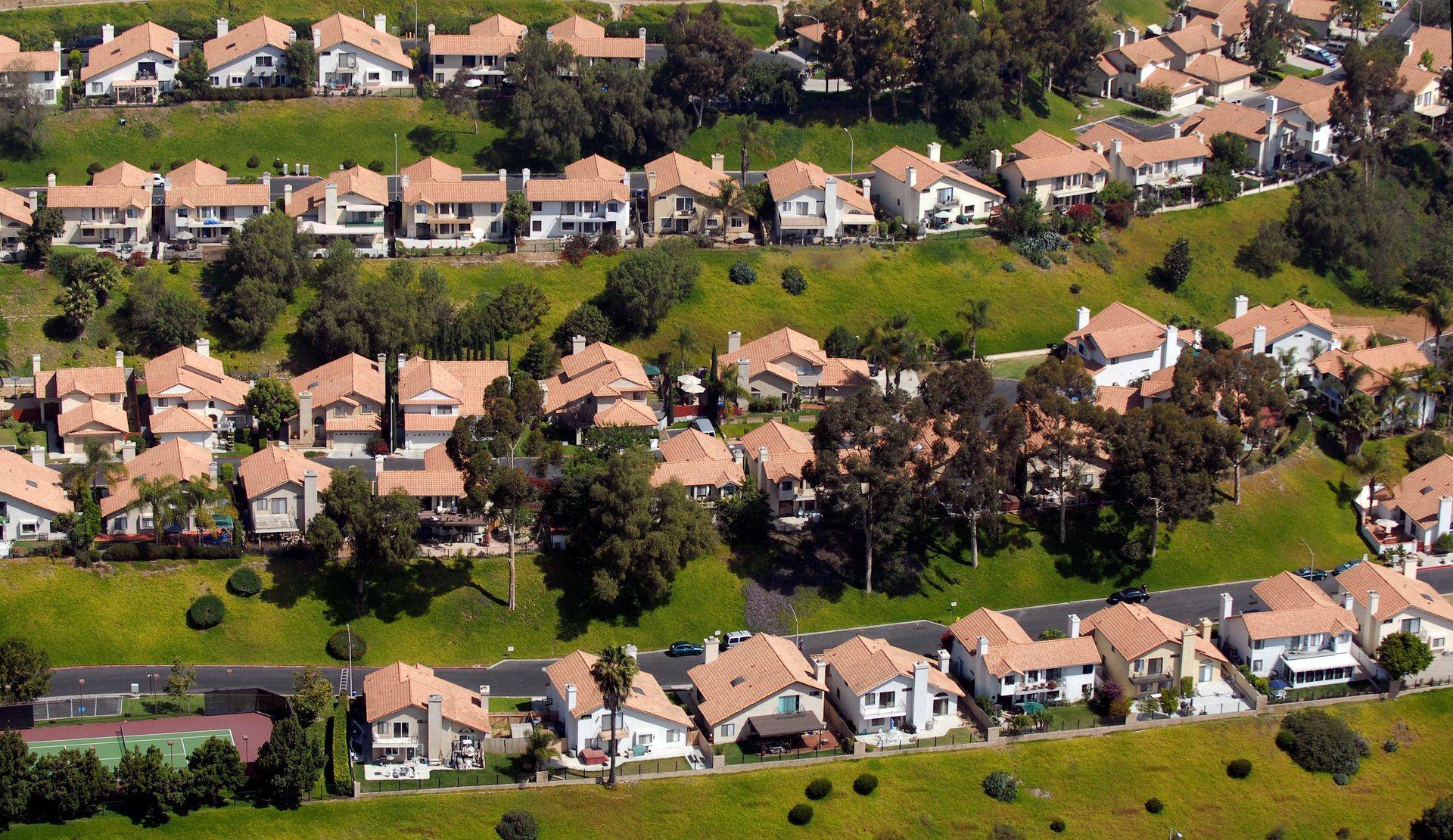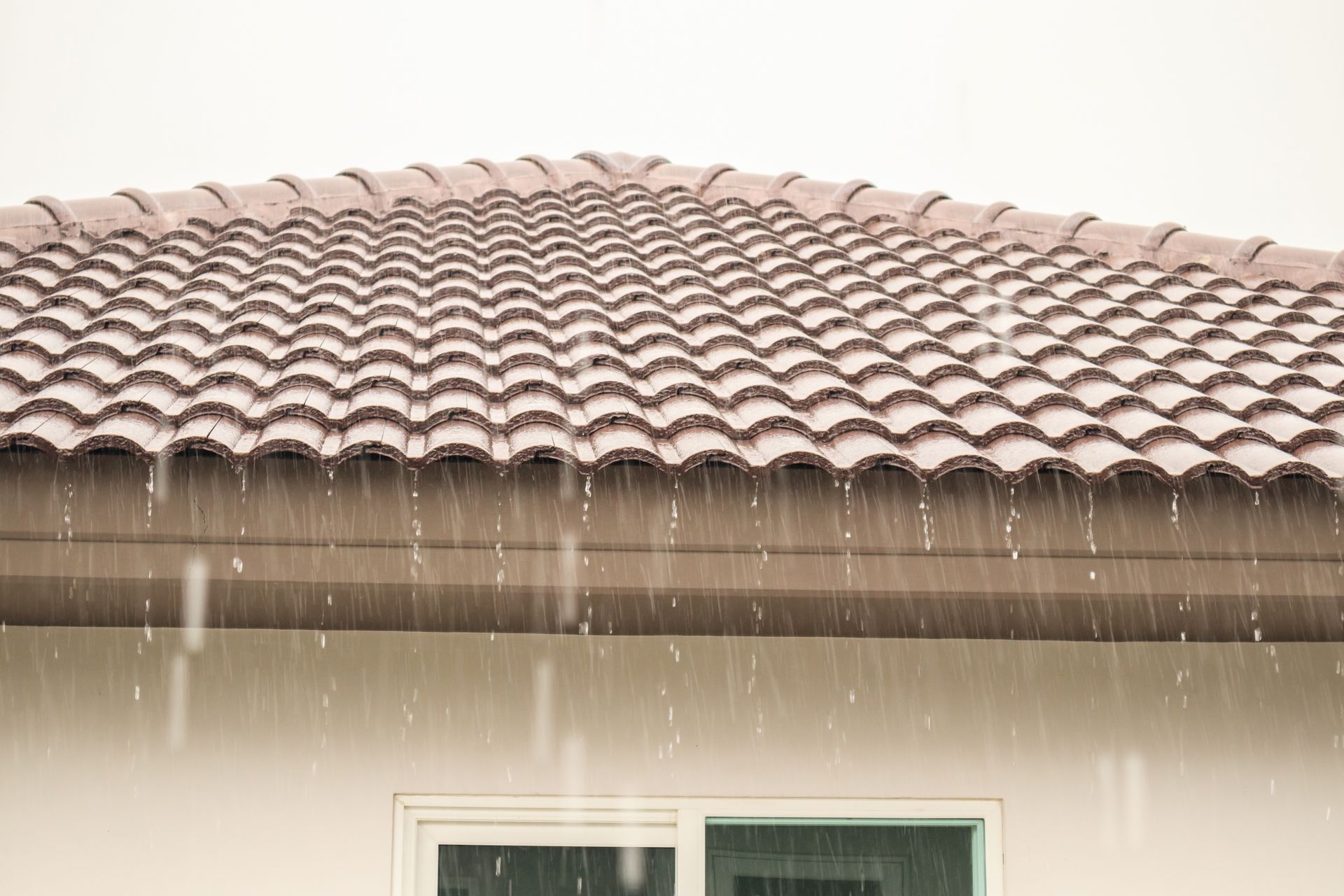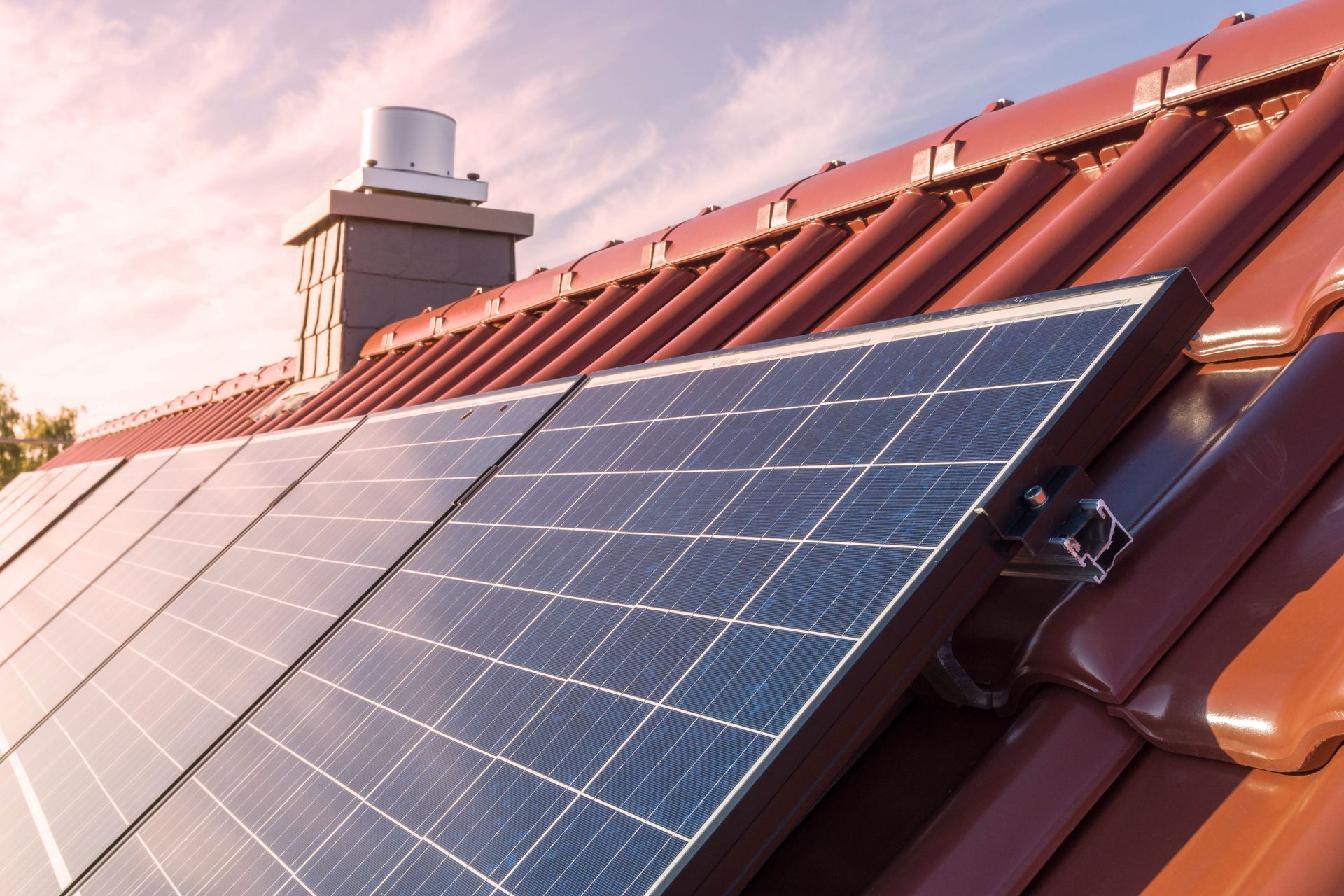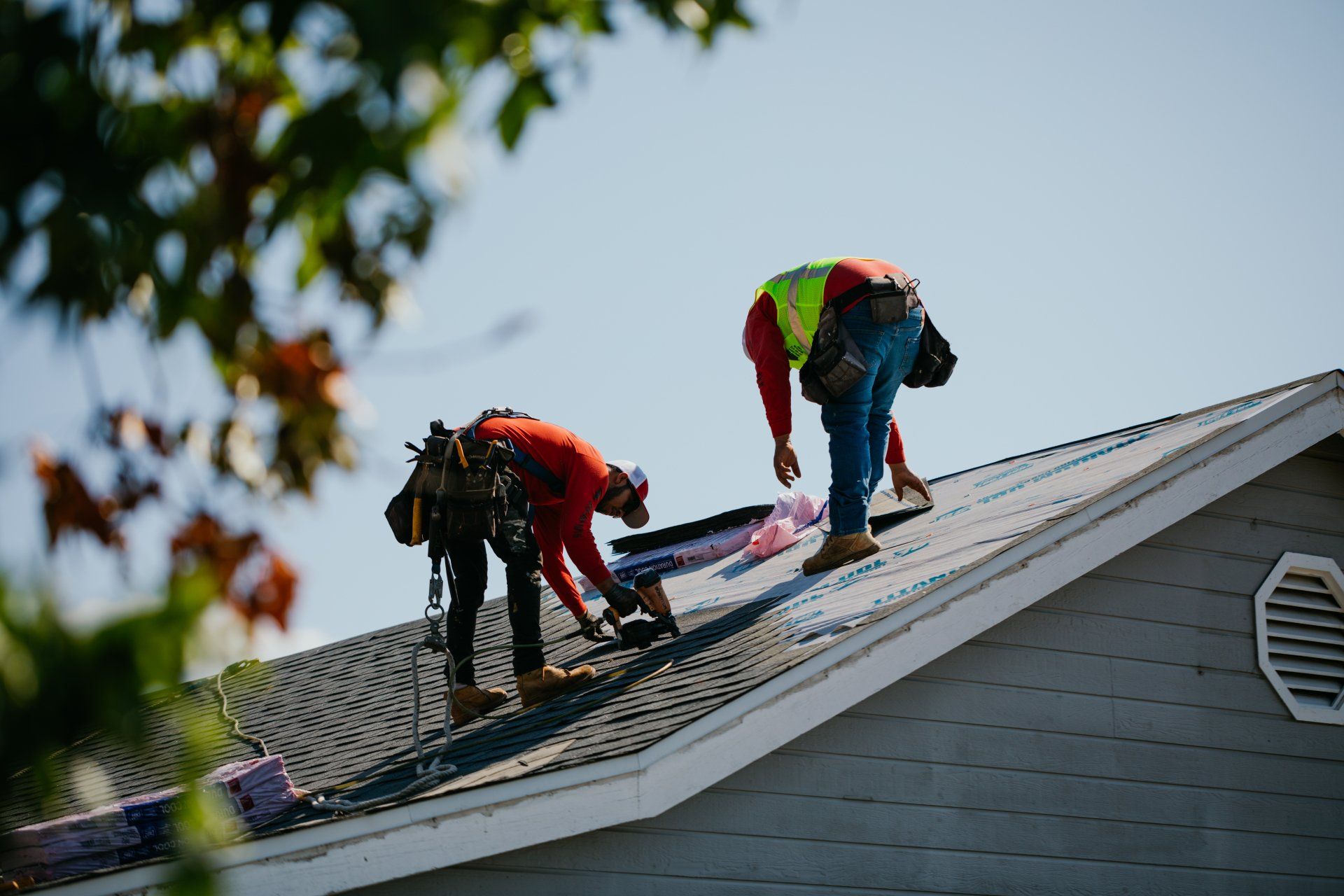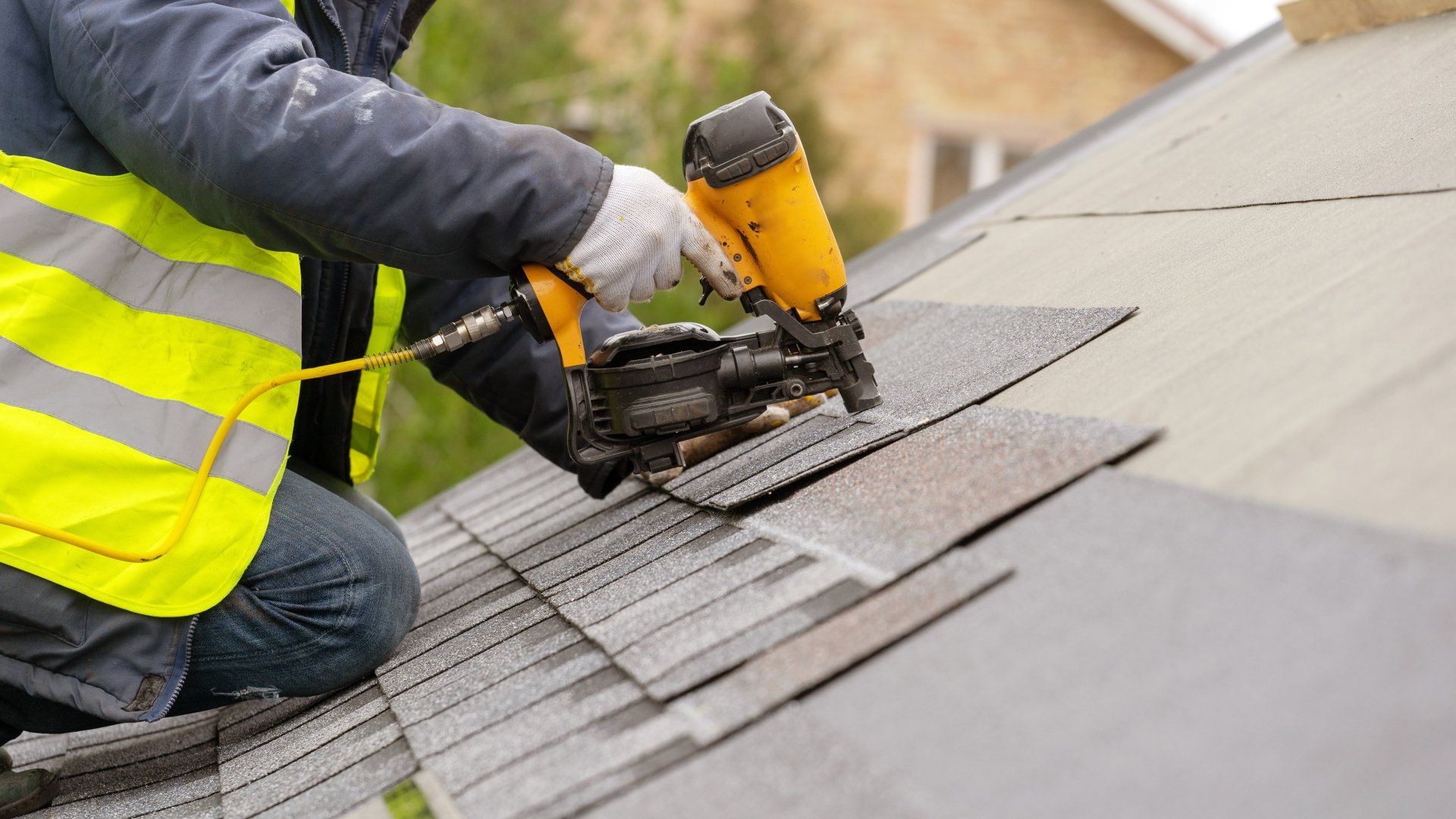Expert tips FROM YOUR SAN DIEGO ROOFING EXPERTS
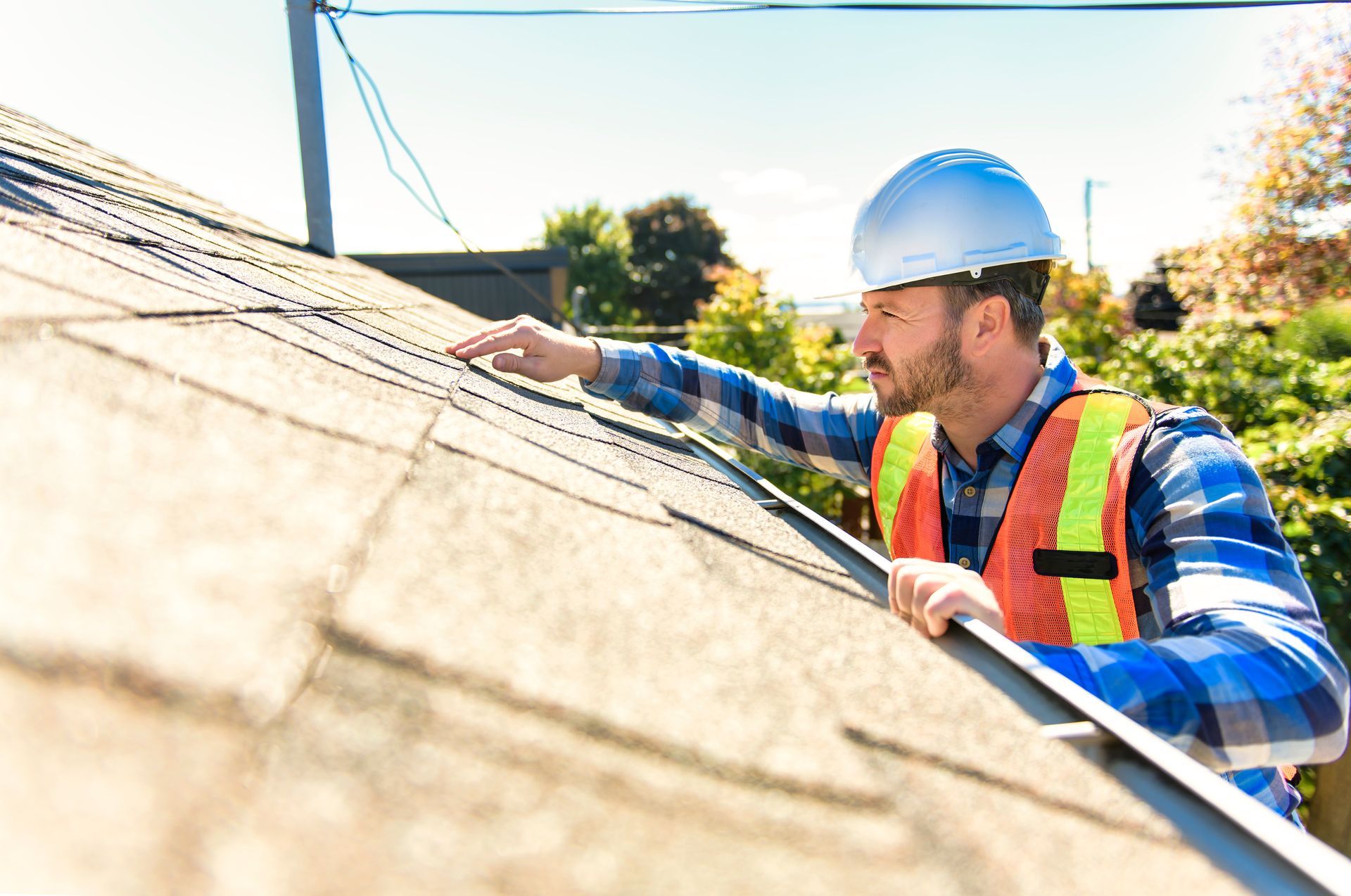
08 Apr, 2024
In the vibrant city of San Diego, where the sun shines almost year-round, maintaining the integrity of your roof is crucial. While a boon for outdoor activities, the city's enviable climate can be harsh on roofing materials over time. Regular roof inspections emerge as a critical practice for homeowners, playing a vital role in extending the lifespan of roofs and ensuring the safety and comfort of their homes. This blog post delves into the significance of routine roof inspections in San Diego, underlining how they can help catch problems early and save homeowners time and money in the long run. Early Detection of Potential Issues The primary benefit of regular roof inspections is the early detection of problems that, if left unaddressed, could lead to significant damage and costly repairs. These issues range from minor leaks, missing shingles, or damaged flashing to more severe problems like structural weaknesses. Early detection allows for timely interventions, potentially averting disasters such as water damage, mold growth, and insulation failures, which could compromise the home's comfort and safety. Extending Roof Lifespan San Diego's climate, characterized by intense sunlight and occasional heavy rains, can accelerate wear and tear on roofing materials. Regular inspections and maintenance can significantly extend a roof's lifespan by ensuring that it remains in optimal condition. By identifying and addressing minor issues before they escalate, homeowners can avoid premature roof replacements, saving considerable money over time. Enhancing Energy Efficiency A well-maintained roof plays a critical role in a home's energy efficiency. Issues like leaks, poor insulation, and inadequate ventilation can lead to higher energy bills as heating and cooling systems work harder to maintain comfortable indoor temperatures. Regular roof inspections can identify these inefficiencies, allowing homeowners to make the necessary adjustments to enhance their home’s energy efficiency. Maintaining Home Value The condition of a roof is a significant factor in the overall value of a home. Regular inspections and maintenance ensure that the roof remains in good condition and maintains or even increases the home's value over time. For homeowners considering selling their property, a well-maintained roof can be a selling point, reassuring potential buyers of the home's integrity. Ensuring Safety Ultimately, the safety of a home's occupants is paramount. Regular roof inspections can uncover vulnerabilities that pose safety risks, such as weakened roof structures or potential collapse points. By addressing these issues promptly, homeowners can ensure their family’s safety and protect their belongings from damage. Partnering with Roofix for Expert Solutions When inspection reveals issues with your roof, choosing the right partner for repairs or maintenance is crucial. This is where Roofix comes into play, offering unparalleled expertise and service in the San Diego roofing industry. Roofix is not just another roofing company; we are a team of highly skilled professionals dedicated to resolving roof issues quickly and efficiently. With an in-depth understanding of San Diego's unique climate and its effects on roofing materials, Roofix provides tailored solutions that ensure your roof's longevity and performance. Whether repairing minor leaks, replacing damaged shingles, or undertaking a complete roof overhaul, Roofix ensures high-quality workmanship and materials. By entrusting your roof's care to Roofix following an inspection, you're not just repairing immediate problems; you're investing in your home's future health and safety. Our commitment to customer satisfaction and proactive approach to roofing challenges make us the ideal choice for San Diego homeowners seeking peace of mind and a lasting solution to their roofing needs. Conclusion In the sunny and dynamic environment of San Diego, regular roof inspections are not just a recommendation; they are a necessity. These inspections serve as a proactive approach to home maintenance, ensuring that roofs remain in top condition, thereby protecting the home, enhancing its value, and ensuring the safety and comfort of its inhabitants. Homeowners should aim for at least an annual inspection, ideally performed by professional roofing contractors who can provide comprehensive evaluations and expert guidance on any necessary repairs or improvements. By prioritizing roof health through regular inspections, San Diego residents can enjoy peace of mind and the continued pleasure of their homes under the California sun.
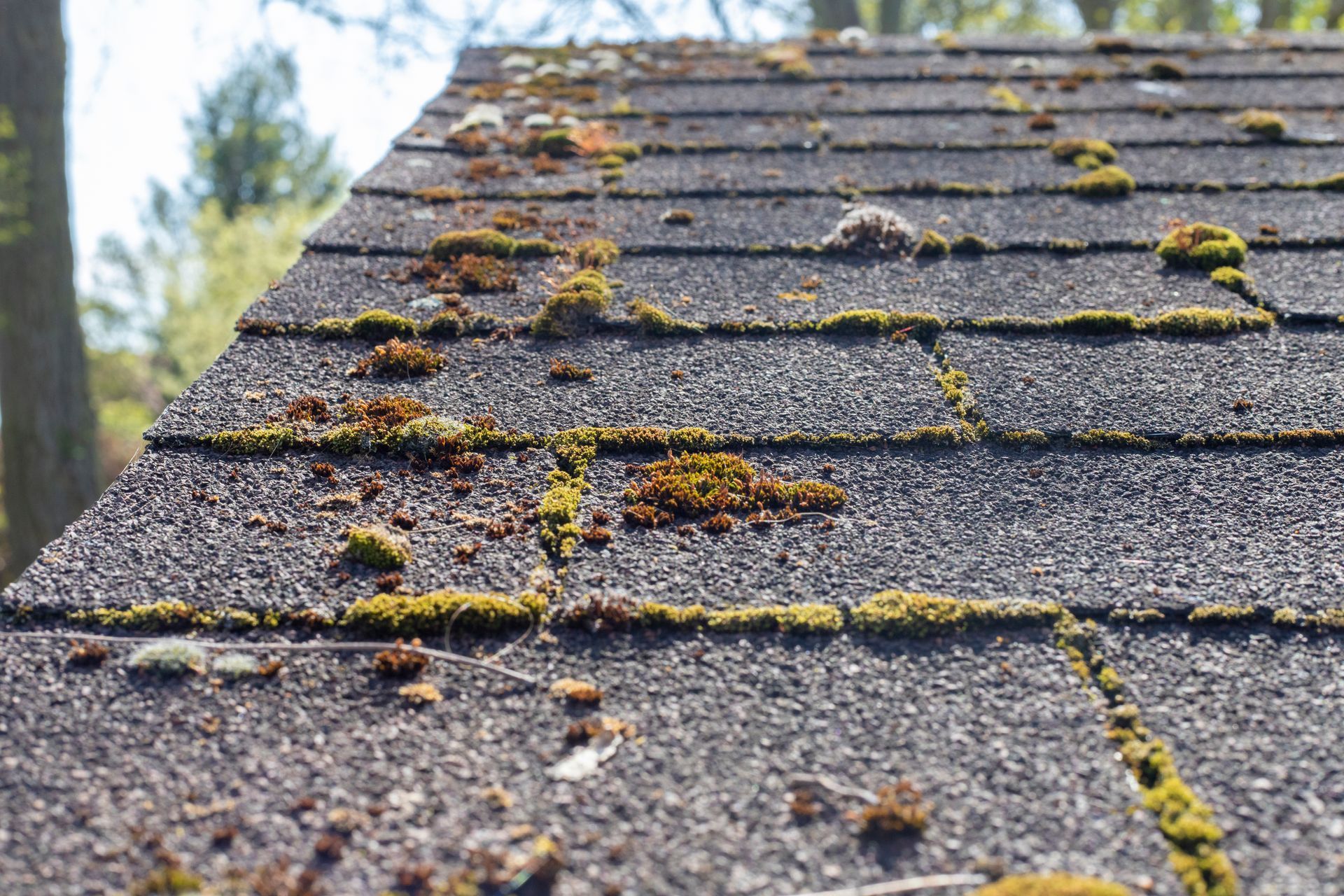
06 Mar, 2024
San Diego, known for its beautiful weather and picturesque coastline, is not immune to roofing problems. The city's unique climate presents various challenges for homeowners, from the relentless sun to the occasional rainy season. Understanding these common issues can help residents protect their homes and extend the lifespan of their roofs. Here, we discuss typical roofing problems in San Diego, such as sun damage, leaks, and algae growth, along with practical solutions. Sun Damage The sunny climate of San Diego, while one of its biggest attractions, can also be a significant detriment to roofing materials. Extended exposure to UV rays can cause roofing materials to deteriorate prematurely, leading to cracking, fading, and the breakdown of the roof's integrity. Solution: The best way to combat sun damage is to choose UV-resistant roofing materials. For example, tiles made of clay or concrete can withstand the sun's harsh rays better than some other materials. Regular inspections are also vital to identify and mitigate damage early. Applying a reflective roof coating can also reduce heat absorption and extend the life of your roof. Leaks Leaks are a common issue in many areas, but in San Diego, they can be particularly troublesome during the rainy season. Poorly installed flashing, damaged tiles or shingles, and age-related wear and tear can all lead to leaks. Solution: Regular maintenance and inspections are crucial to prevent leaks. Ensure your roof is inspected at least once a year and after any significant weather event. Keep gutters and downspouts clean to prevent water buildup. If a leak is detected, it's essential to repair it promptly to avoid further damage to your home's roof and interior. Algae Growth In areas of San Diego with higher humidity, algae growth can be a problem. Algae affects the aesthetic appeal of your roof and can lead to material degradation over time. Solution: Consider installing algae-resistant shingles or applying an algae-resistant roof treatment to combat algae growth. These solutions contain copper or zinc, which inhibit algae growth. Regular roof cleaning is also effective, but it's important to use gentle methods that do not damage the roofing materials. Other Considerations While addressing the primary concerns, it's also important to consider other factors affecting your roof's health. Ventilation issues can lead to heat and moisture buildup, premature aging, and damage to your roof. Wildlife, such as birds and rodents, can cause unexpected damage by nesting or gnawing on roofing materials. Here's how you can address these additional concerns: Improving Ventilation Proper ventilation in your attic and roof is essential to regulate temperature and moisture levels. Heat and humidity can accumulate without adequate ventilation, leading to warped decking, mold growth, and reduced insulation efficiency. Solution: Ensure that your attic has enough intake and exhaust vents to facilitate airflow. Vents should be clear of obstructions such as debris and insulation. Installing additional vents or upgrading existing ventilation systems may be necessary to achieve optimal airflow. Preventing Wildlife Damage Birds, rodents, and other animals can find their way onto your roof, causing various issues. They can dislodge roofing materials, block drainage systems with nesting materials, and even chew through parts of the roof. Solution: Regular inspections can help identify any potential access points for wildlife. Installing physical barriers, such as bird spikes or mesh wire over openings, can prevent animals from nesting or entering your attic. Ensure trees are trimmed back from the roof to discourage animals from jumping onto the roof. Final Thoughts San Diego's climate presents unique challenges to maintaining a healthy roof. By understanding the common issues of sun damage, leaks, and algae growth, homeowners can take proactive steps to mitigate these problems. Regular inspections, choosing the right materials, and addressing any concerns early are key to extending the lifespan of your roof and protecting your home. If you're unsure about the condition of your roof or how to address a specific problem, consulting with a professional roofing contractor can provide you with expert advice and peace of mind. Remember, a well-maintained roof is about protecting your home from the elements and preserving its value and aesthetic appeal.

By Laura Lopez
•
06 Nov, 2023
Fall in San Diego, with its mild temperatures and occasional rain showers, offers the perfect opportunity to check on your roof and prepare it for the seasons ahead. Although San Diego doesn’t experience the harsh winter conditions of many other places, it’s still vital to ensure your roof remains in top shape to guard against unexpected weather changes and typical wear and tear. Here’s a fall roof maintenance checklist tailored specifically for San Diego homeowners: 1. Inspect for Visible Damage Why? Even mild San Diego weather can cause wear and tear over time. Check for loose or missing shingles, tiles, or metal panels. Examine for signs of rust or corrosion on metal roofs. Look for any sagging or uneven areas which might indicate structural issues. 2. Clean Out Gutters and Downspouts Why? While San Diego doesn't have a heavy fall foliage drop like the Northeast, gutters can still get clogged with dirt and minor debris. Remove leaves, twigs, and any accumulated debris. Ensure that water flows freely through downspouts. Consider installing guards to reduce debris buildup. 3. Check Flashings and Sealants Why? These are common areas for leaks to develop. Make sure flashings around chimneys, vents, and roof edges are intact and secured. Examine sealants around roof penetrations, like pipes or antennas, for any cracks or wear. 4. Trim Overhanging Branches Why? Trees can scrape and damage roofing materials or drop debris that can clog gutters. Prune branches that hang over the roof or are too close to the home. This will also reduce the risk of pests like squirrels or raccoons gaining access. 5. Inspect Attic and Insulation Why? Proper ventilation and insulation protect against moisture buildup and ensure energy efficiency. Check for any signs of moisture or mold in the attic. Ensure insulation is even and in good condition. Confirm attic vents are not obstructed. 6. Check for Pests Why? San Diego homes can sometimes be visited by unwanted guests like birds, rodents, or insects. Look for any signs of nesting or droppings. Ensure there are no areas where pests might be entering the home. 7. Survey Skylights and Roof Windows Why? These can be sources of leaks if not properly sealed. Clean off any debris or accumulated dirt. Check for cracks in the glass or deteriorating seals. 8. Consider a Professional Inspection Why? There are some issues only a trained eye might catch. Even if you conduct regular self-checks, having a professional inspect your roof every couple of years is a good investment. They can spot potential issues before they become major problems. Wrapping Up Taking the time in the fall to ensure your roof is in optimal condition can save San Diego homeowners from headaches down the road. Regular maintenance not only ensures the longevity of your roof but also maintains the aesthetic and value of your home. Remember, a little proactive care can prevent major repair expenses in the future.
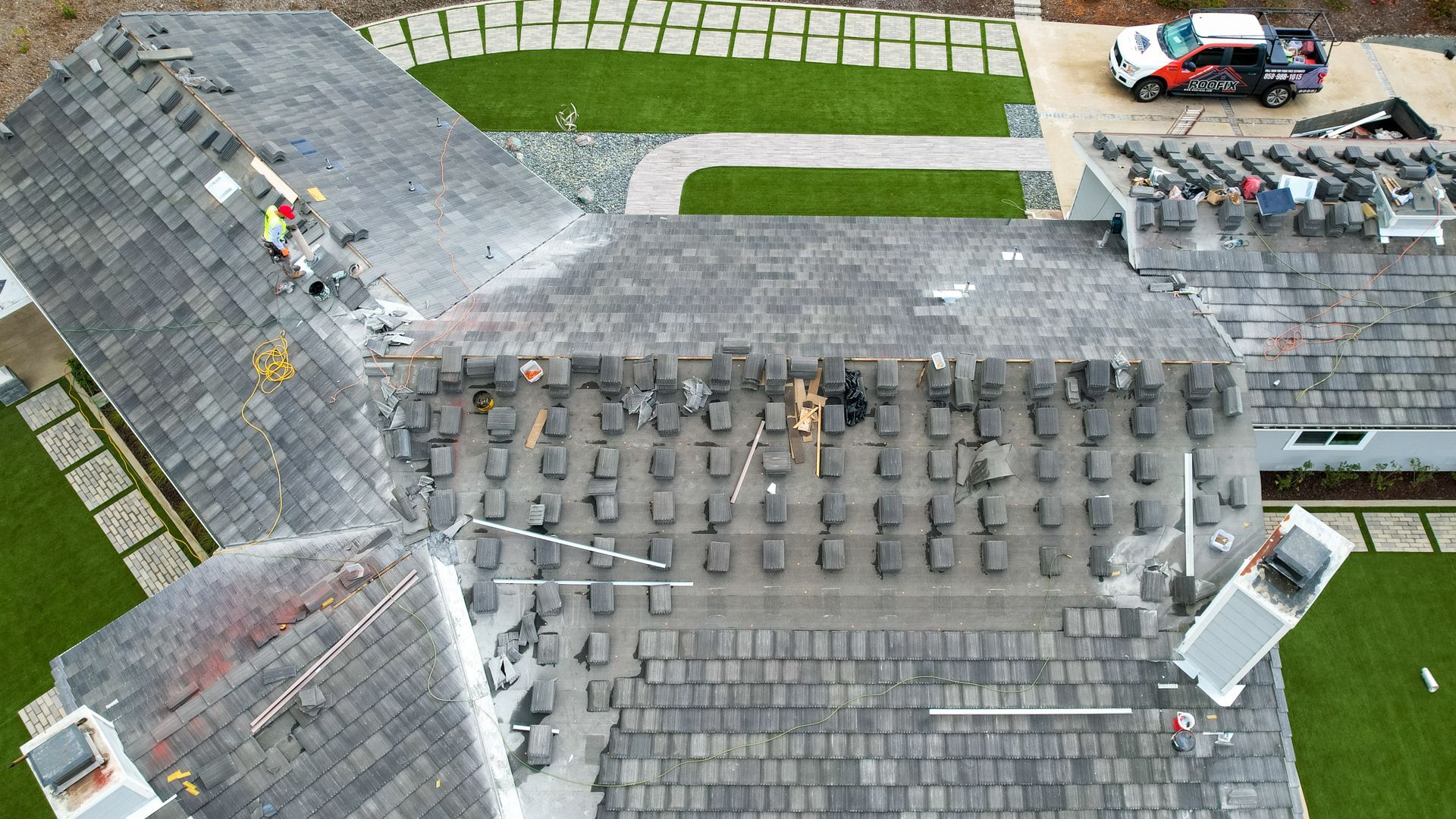
By Madeleine Gobidas
•
09 Oct, 2023
A roof is not just a single layer of material that shelters us from the elements; it's a complex structure made up of various components, each with its unique function. Much like how understanding human anatomy helps medical professionals diagnose and treat illnesses, having knowledge of your roof's anatomy can help you identify issues, perform necessary maintenance, and communicate more effectively with roofing professionals. In this post, we'll dissect the typical roof and get to know its various parts. Roof Decking (or Sheathing) Function: This is the foundation layer upon which everything else is built. Made typically of large sheets of plywood or OSB (oriented strand board), the roof decking provides structural integrity. Underlayment Function: Positioned directly on top of the decking, the underlayment is a water-resistant or waterproof barrier that provides an added layer of protection against moisture and the elements. Roof Covering This is the topmost layer and is what most people think of when visualizing a roof. There are various types of roof coverings: Shingles (Asphalt, Wood, Slate, e tc.) Function: They protect the under layers from water, UV rays, and other external elements. Metal Roofing Function: Sheets or panels that provide a durable and often reflective surface. Tiles (Clay, Concrete, etc.) Function: Heavy and durable, tiles offer protection and aesthetic appeal. To learn more check out The Different Types Roofing Materials: Pros and Cons . Flashing Function: Typically made from metal, flashing is used to divert water from areas where it might collect, such as valleys or the intersections between the roof and structures like chimneys or dormers. Roof Vents Function: Vents allow for airflow, helping to manage temperature and moisture levels in the attic or the space beneath the roof. Proper ventilation prevents issues like mold growth and wood rot and can extend the life of your roof. Drip Edge Function: A drip edge is a metal strip along the roof's edge, guiding runoff into the gutters and protecting the underlying fascia from water damage. Eaves & Soffits Function: Eaves are the roof edges that overhang the house's walls, while soffits are the finished undersides of these eaves. Both aid in ventilation and protect the house from water and pests. Fascia Function: This is the vertical edge that connects the eaves to the roof. Beyond its aesthetic function, the fascia also supports gutter structures. Ridge Cap Function: Positioned along the peak of a roof, ridge caps are specialized shingles that provide both protection from the elements and a finished look. Valleys Function: The valley is where two sloping roof sections come together. Properly designed valleys ensure effective water runoff, preventing water from pooling or seeping underneath the roof covering. Rafters & Trusses Function: These structural components support the roof decking and transmit the roof and its additional loads (like snow) to the building's exterior walls. The complexity of a roof's anatomy ensures our homes remain safe, warm, and dry. Understanding these components can empower homeowners to detect issues early, maintain their roofs more effectively, and communicate their needs clearly to professionals. Remember, a well-maintained roof isn't just about the covering; it's about ensuring each component functions harmoniously. If ever in doubt about the health of your roof, it's always best to consult with a roofing expert.
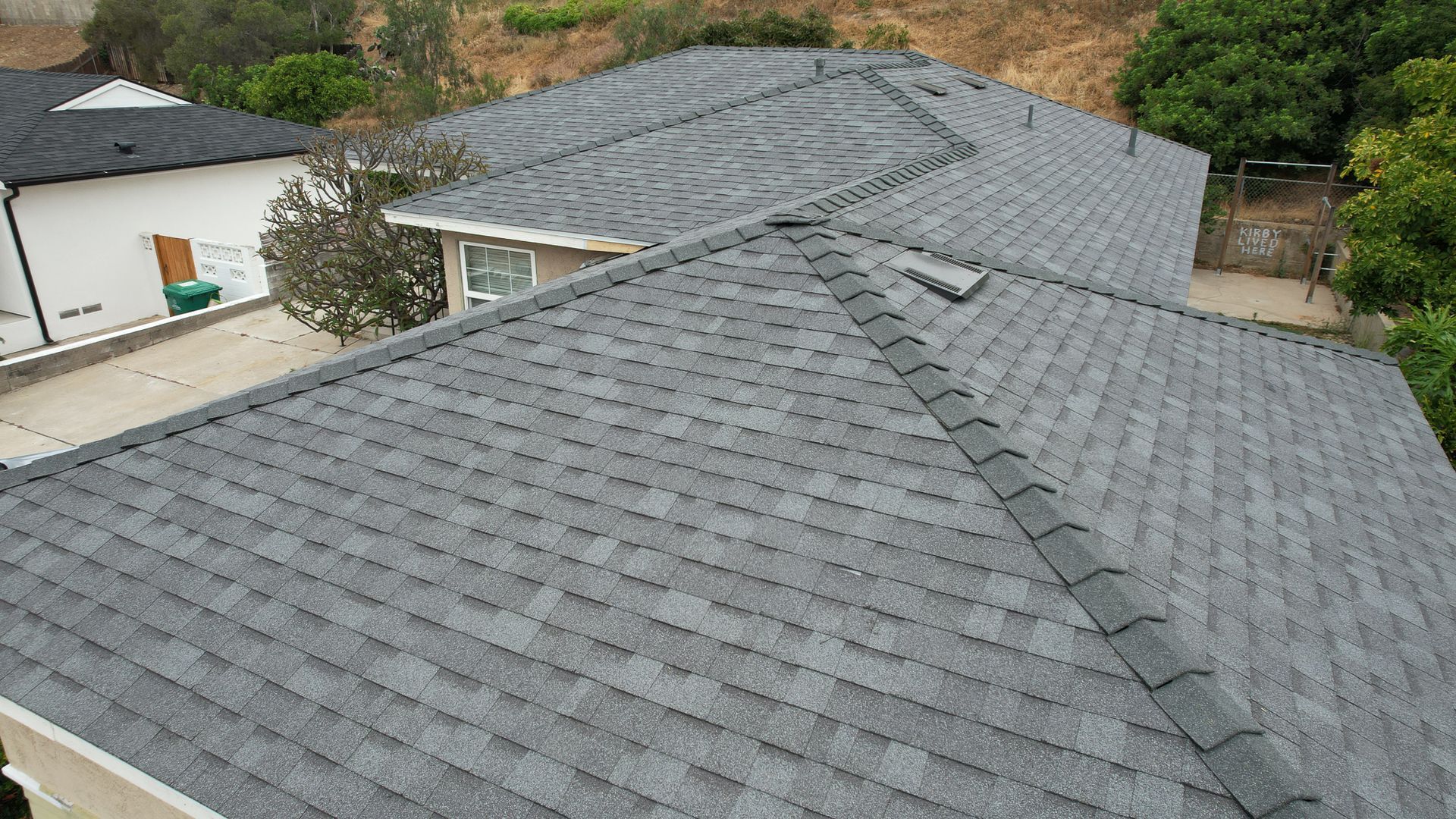
07 Sep, 2023
When it comes to protecting your home or commercial building, the roof plays an essential role. As your first line of defense against the elements, it’s important to choose the right type of roofing material that fits your needs, preferences, and local climate. But with so many options on the market, making that choice can be overwhelming.
CONTACT US NOW TO REQUEST FREE A ESTIMATE!
© 2024
All Rights Reserved | Roofix Inc. | Website Design by GoBeRewarded
